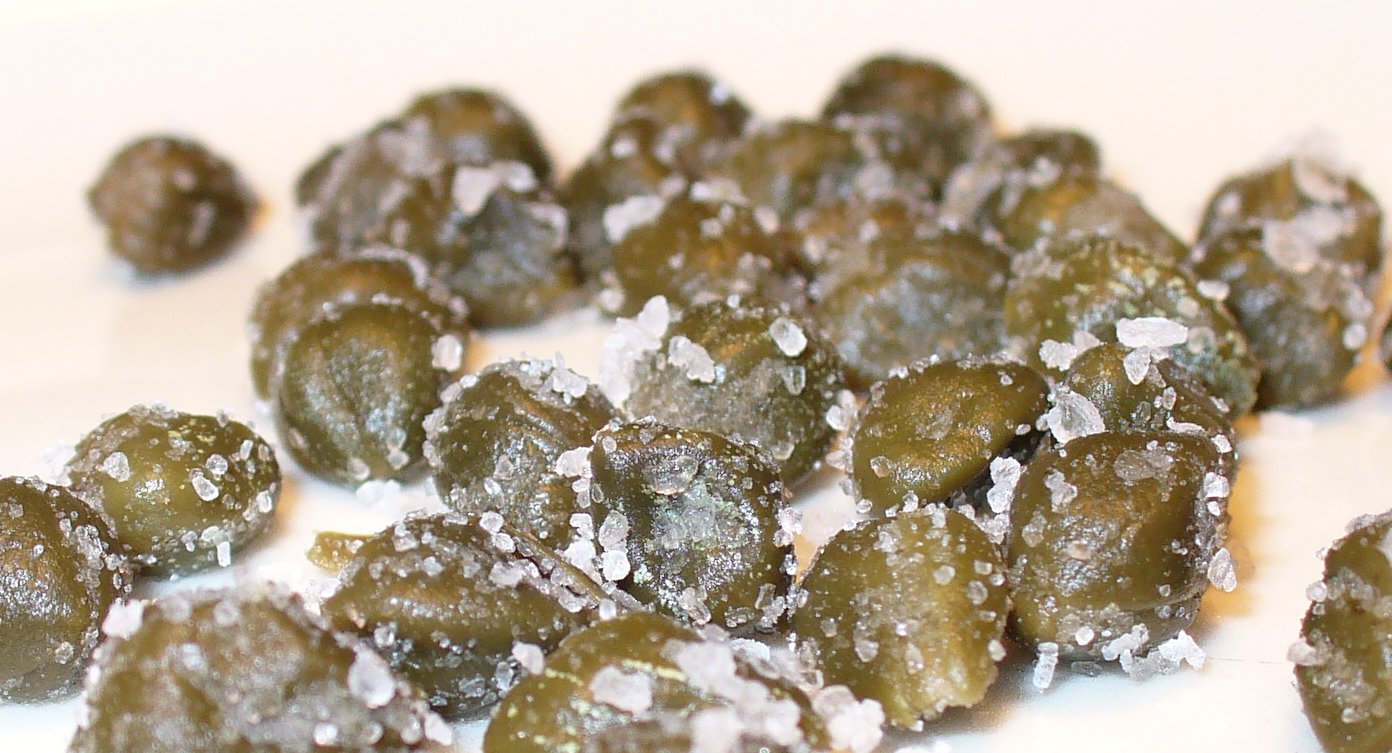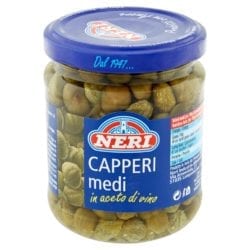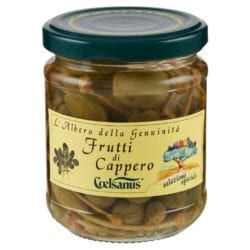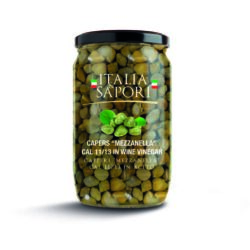The cultivation of capers has ancient origins: it was born between North Africa and the Middle East and there are traces of it in the Bible, but also in the writings of Hippocrates, Aristotle and Pliny the Elder.

Photo Credit: Wikipedia
It is a resistant plant, able to grow on cliffs and old walls, creating long branches, with very green leaves. When it comes to capers, one immediately thinks of Sicily, in particular the islands of Salina and Pantelleria, two centers of quality production. The harvest takes place in the period starting from the end of May and can continue beyond August, every 8-10 days. We wake up very early, because we must avoid the hottest sun. After being harvested, the capers are placed in a cool place to prevent them from blooming. After a few hours the capers are separated from the capers (the largest buttons on the verge of opening). The next step is salting: it usually takes place in barrels or barrels cut in half. In the following days, the capers are taken care of, pouring them from one container to another. This transfer serves to prevent the action of salt and heat from ruining the capers, triggering unwanted fermentations.











